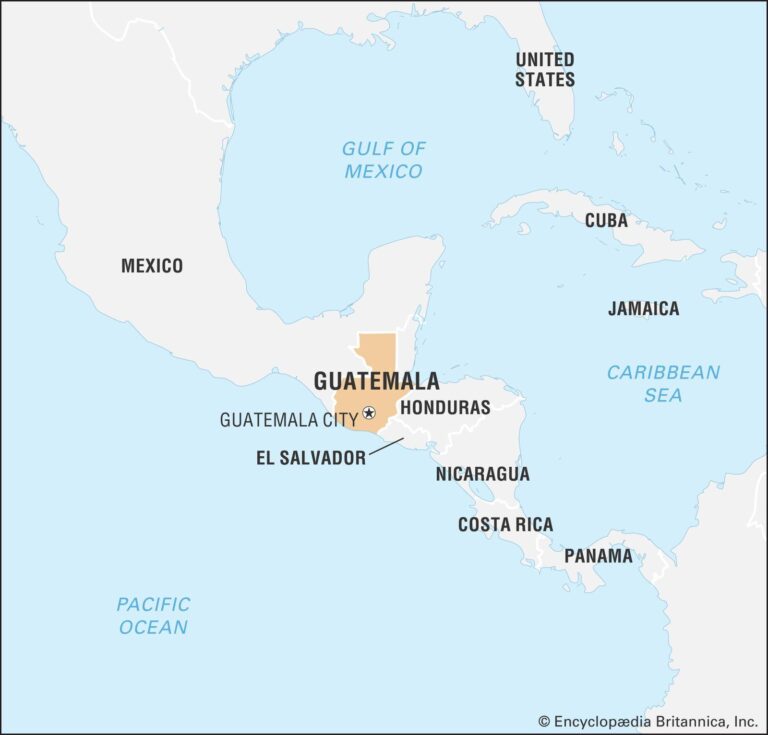Introduction to the Motagua River
The Motagua River is one of Guatemala’s most crucial waterways, providing essential resources for the surrounding communities. However, the river has faced severe degradation due to pollution and deforestation. This situation not only affects the river’s ecosystem but also the livelihoods of those who depend on it.
The Environmental Impact of Pollution
Pollution has greatly diminished the water quality of the Motagua River. Industrial waste and plastic pollution contribute significantly to the river’s contamination. This poses a threat to aquatic life and raises health concerns for local populations.
Community Health Concerns
The health of communities along the Motagua is deeply intertwined with the river’s condition. Contaminated water supplies lead to a range of health issues among residents. From gastrointestinal diseases to skin conditions, the risks are alarming.
Restoration Efforts Underway
Various initiatives have been launched to address the environmental crises affecting the Motagua River. Local organizations and government bodies are collaborating to implement clean-up projects. These efforts aim to restore the river’s health and enhance community engagement.
The Importance of Community Involvement
For restoration to be successful, community involvement is critical. People living near the river play a pivotal role in conservation efforts. By participating in clean-up drives and educational programs, they help foster a sense of ownership and responsibility for the Motagua.
Case Study: Borgen Project Initiatives
The Borgen Project is actively involved in advocating for the restoration of the Motagua River. They focus on promoting policies and initiatives aimed at protecting this vital resource. Through awareness campaigns, they highlight the importance of sustainable practices in the region.
Learn More About the Motagua River
If you would like to dive deeper into the initiatives aimed at restoring the Motagua River, please visit this link. Staying informed is key to supporting the restoration efforts and improving community conditions. Every small action contributes to a larger change for the betterment of the river and its surrounding communities.
Conclusion
The restoration of the Motagua River is a critical issue that impacts both the environment and the communities that depend on it. Through collaborative efforts and community engagement, it is possible to revitalize the river and enhance the quality of life for many. Continued advocacy and support for restoration initiatives are essential in achieving this goal.

